Tag: Urban Planning
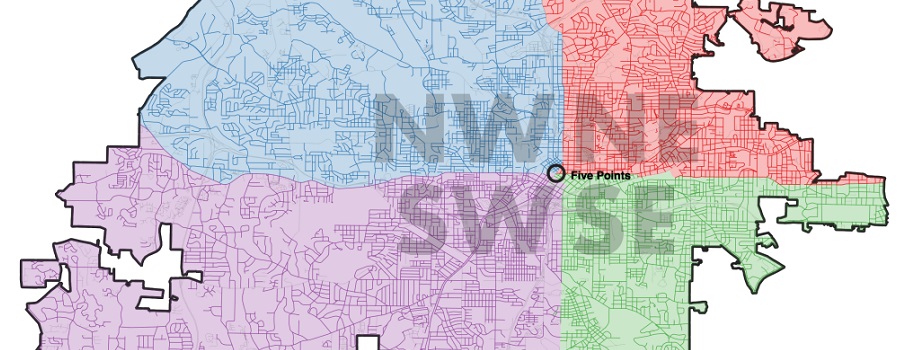
Mapping Atlanta
GSU professor Taylor Shelton’s blog exploring all of Atlanta’s oddities and inequalities with maps. Issues covered are fundamentally about geography, about how places are the...
Read More
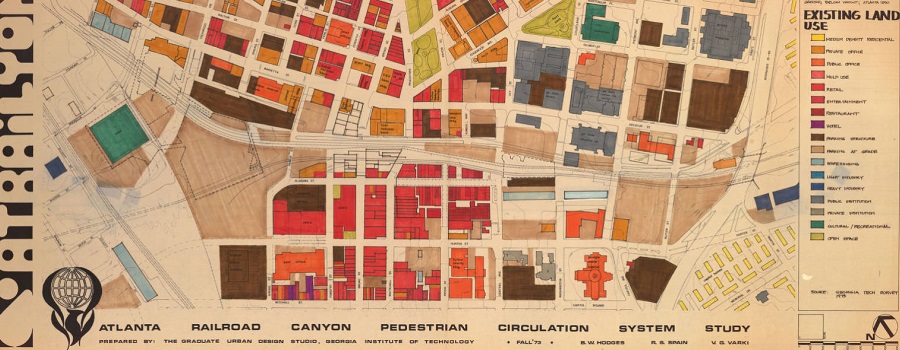
Planning Atlanta – A New City in the Making, 1930s-1990s
Digital collection of material related to city planning and urban development in Atlanta. The collection consists of city planning maps, city planning publications, demographic data,...
Read More
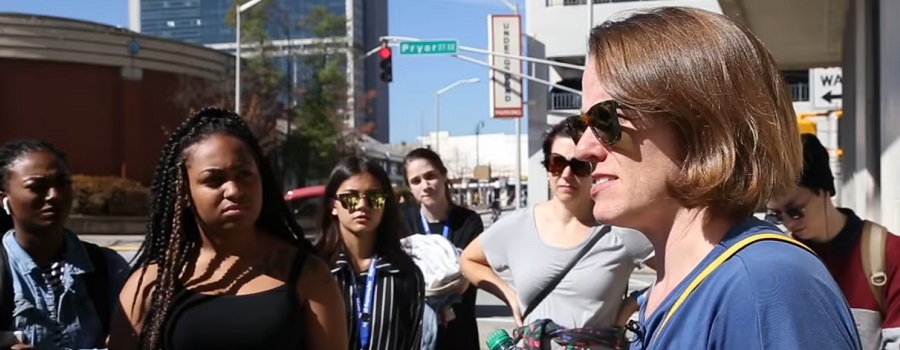
Atlanta Water Walk
How water has shaped the city. Video tour with urban designer and author Hannah Palmer. Palmer’s writing explores the intersection of Southern stories and urban...
Read More

Tracing a History of Atlanta’s Public Transit
Atlanta, originally named Terminus, has a profound history which is extensively intertwined with transit. This project visualizes how the city’s public transit system, now a...
Read More
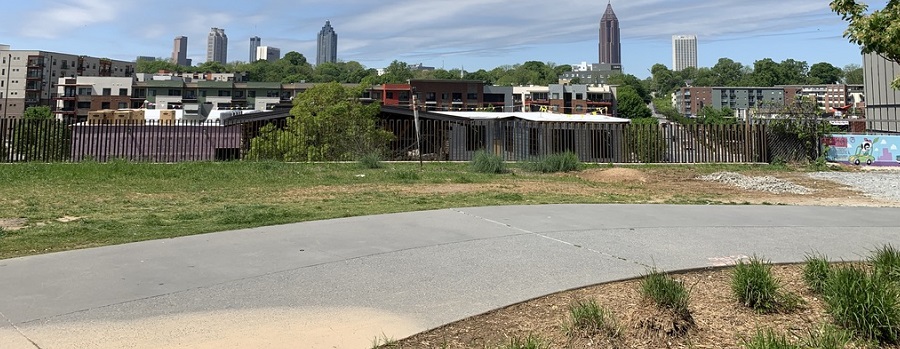
Beltline: A History of the Atlanta Beltline and its Associated Historic Resources
Prepared by the Spring 2006 Preservation Planning students. This project, developed in a collaborative effort by the Atlanta Urban Design commission and GSU students, was...
Read More

Research Atlanta, Inc. Reports
Formed in 1971, Research Atlanta was a non-profit organization established to study public policy issues affecting the Atlanta metropolitan area. Research Atlanta served as Atlanta’s...
Read More
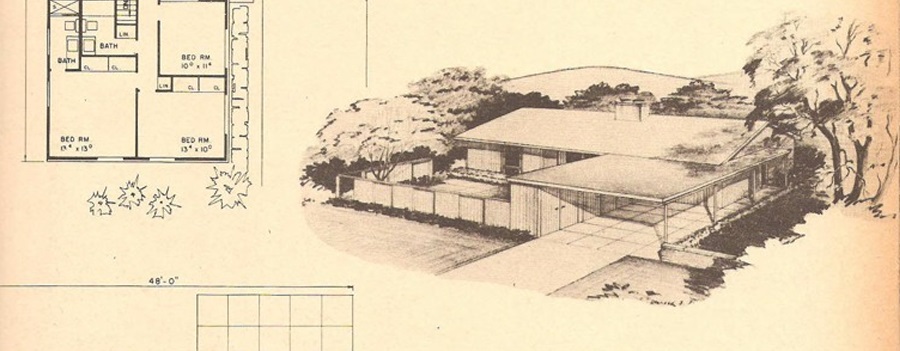
Single-Family Residential Development in DeKalb County, 1945-1970
Focused on suburban residential developments in DeKalb County, Georgia between the end of World War II and 1970 in order to better understand the transformation...
Read More
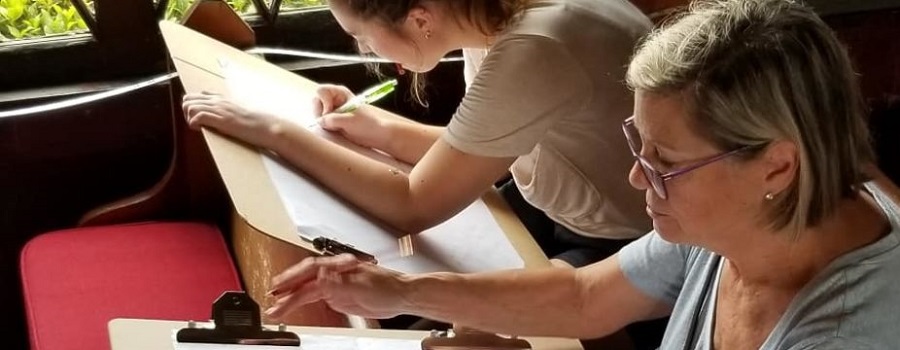
Heritage Preservation Projects, 1991-Present
The Digital Archive of the Heritage Preservation Program (HPP) available in ScholarWorks @ Georgia State University is a compendium of student projects produced under the...
Read More

Atlanta’s Forest
Student project from GSU Department of Geosciences. With more than 80,000 acres of tree cover inside the Perimeter, Atlanta leads the nation in urban tree...
Read More
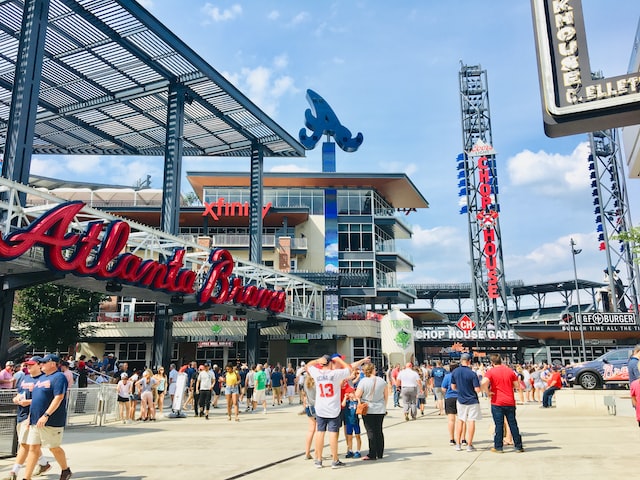
Sprawling of Atlanta: Visualizing Metropolitan Area Change, 1940s to Present
Interactive web map created by Georgia State University Library that invites researchers, students, and the public to visualize the extensive built environment and demographic changes...
Read More
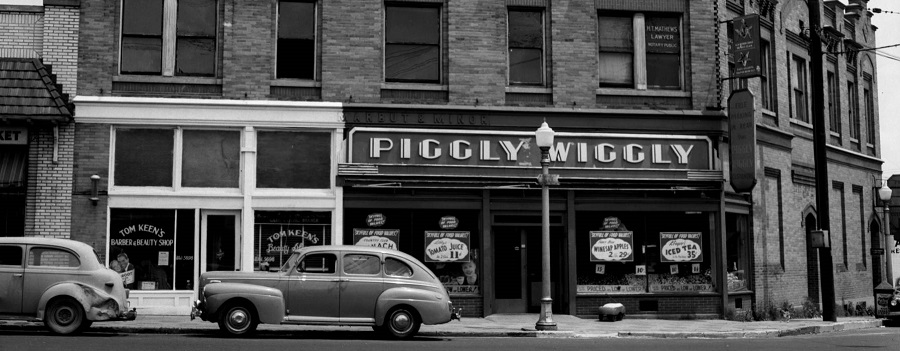
East Atlanta
Historic District Information Form authored and submitted by GSU Case Studies in Historic Preservation students, Spring 2017. Located partially in the City of Atlanta, DeKalb...
Read More
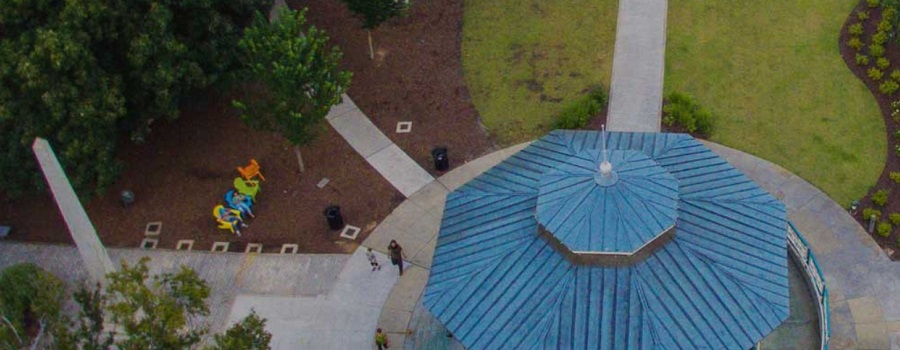
Decatur, GA
Design guidelines prepared by graduate students in the Preservation Planning Class of Georgia State University’s Heritage Preservation Program under the direction of Richard Laub and...
Read More
 Georgia State University Library
Georgia State University Library